Giuseppe Mangioni
mGNN: Generalizing the Graph Neural Networks to the Multilayer Case
Sep 25, 2021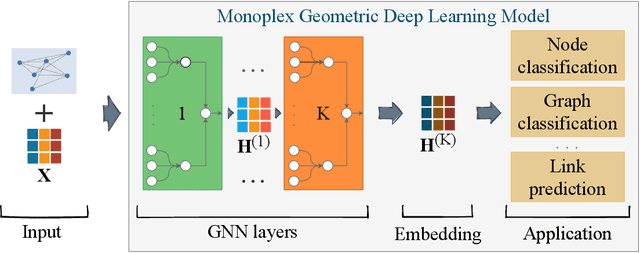
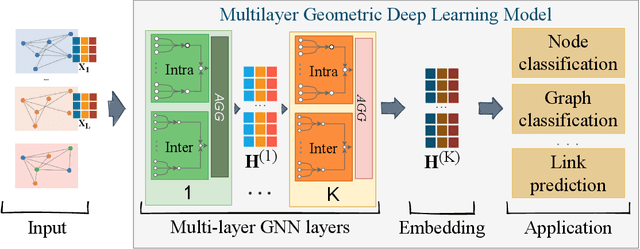
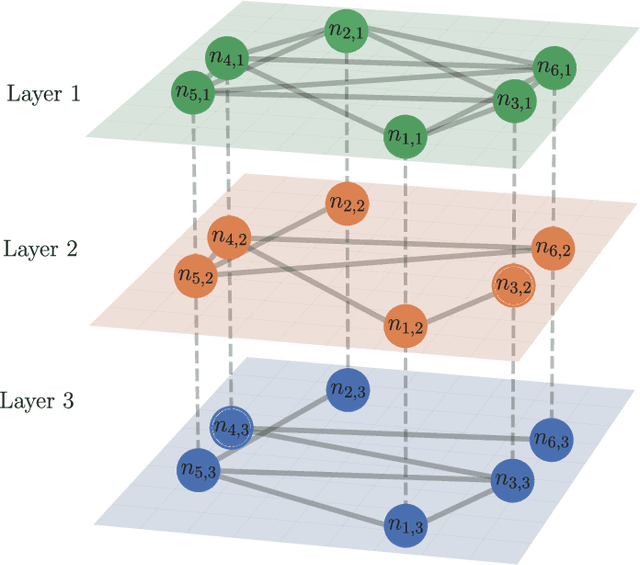

Abstract:Networks are a powerful tool to model complex systems, and the definition of many Graph Neural Networks (GNN), Deep Learning algorithms that can handle networks, has opened a new way to approach many real-world problems that would be hardly or even untractable. In this paper, we propose mGNN, a framework meant to generalize GNNs to the case of multi-layer networks, i.e., networks that can model multiple kinds of interactions and relations between nodes. Our approach is general (i.e., not task specific) and has the advantage of extending any type of GNN without any computational overhead. We test the framework into three different tasks (node and network classification, link prediction) to validate it.
wsGAT: Weighted and Signed Graph Attention Networks for Link Prediction
Sep 21, 2021



Abstract:Graph Neural Networks (GNNs) have been widely used to learn representations on graphs and tackle many real-world problems from a wide range of domains. In this paper we propose wsGAT, an extension of the Graph Attention Network (GAT) layers, meant to address the lack of GNNs that can handle graphs with signed and weighted links, which are ubiquitous, for instance, in trust and correlation networks. We first evaluate the performance of our proposal by comparing against GCNII in the weighed link prediction task, and against SGCN in the link sign prediction task. After that, we combine the two tasks and show their performance on predicting the signed weight of links, and their existence. Our results on real-world networks show that models with wsGAT layers outperform the ones with GCNII and SGCN layers, and that there is no loss in performance when signed weights are predicted.
Machine learning dismantling and early-warning signals of disintegration in complex systems
Jan 07, 2021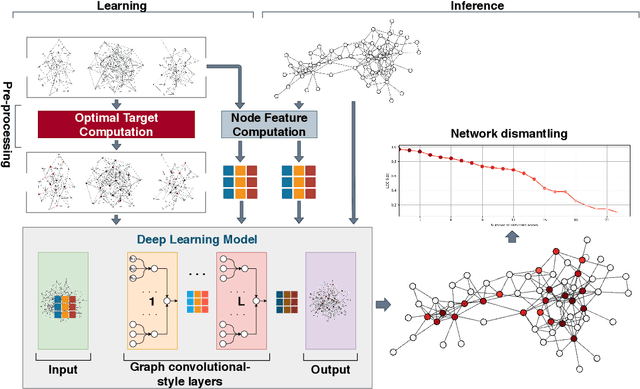


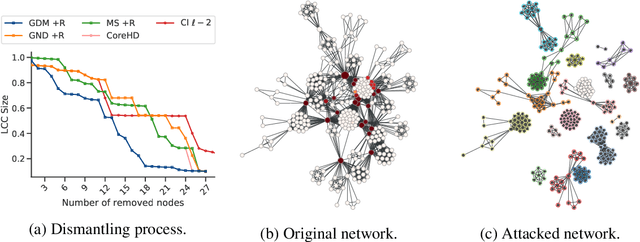
Abstract:From physics to engineering, biology and social science, natural and artificial systems are characterized by interconnected topologies whose features - e.g., heterogeneous connectivity, mesoscale organization, hierarchy - affect their robustness to external perturbations, such as targeted attacks to their units. Identifying the minimal set of units to attack to disintegrate a complex network, i.e. network dismantling, is a computationally challenging (NP-hard) problem which is usually attacked with heuristics. Here, we show that a machine trained to dismantle relatively small systems is able to identify higher-order topological patterns, allowing to disintegrate large-scale social, infrastructural and technological networks more efficiently than human-based heuristics. Remarkably, the machine assesses the probability that next attacks will disintegrate the system, providing a quantitative method to quantify systemic risk and detect early-warning signals of system's collapse. This demonstrates that machine-assisted analysis can be effectively used for policy and decision making to better quantify the fragility of complex systems and their response to shocks.
 Add to Chrome
Add to Chrome Add to Firefox
Add to Firefox Add to Edge
Add to Edge